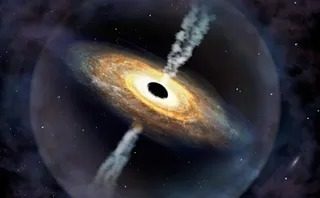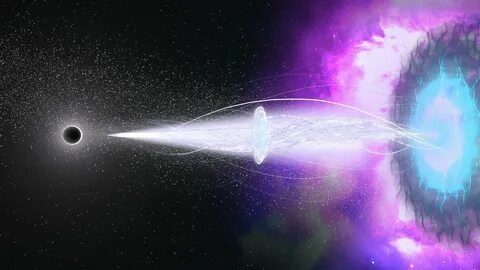
Black holes, enigmatic and captivating cosmic phenomena, have fascinated scientists for years.
These regions of space possess such immense gravitational force that nothing, not even light, can escape their grasp.
The quest to understand the formation, evolution, and abundance of black holes has taken a significant step forward with a recent study led by researchers from Italy and the UK.
By employing a sophisticated model of stellar evolution and galaxy formation, they estimate that there are approximately 40 billion stellar-mass black holes in the observable universe, highlighting the significance of these invisible objects in shaping our cosmos.
Stellar-mass black holes emerge from the gravitational collapse of massive stars.
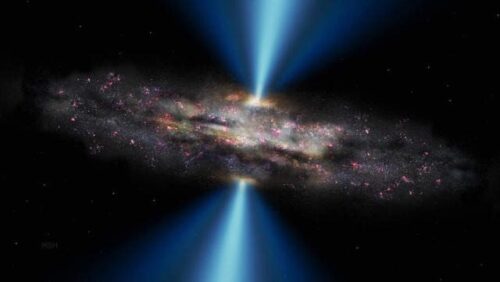
The study emphasizes the role of star formation rates, mass, and the metallicity of galaxies (abundance of elements heavier than hydrogen and helium) in determining the number of black holes produced.
By analyzing these factors, researchers gained insights into the origins and quantities of stellar-mass black holes throughout the universe.
This knowledge offers a glimpse into the fascinating interplay between star formation and black hole formation.
The study also suggests that these stellar-mass black holes could act as seeds for the formation of supermassive black holes.
These monstrous entities, millions or billions of times more massive than the Sun, reside at the centers of galaxies.
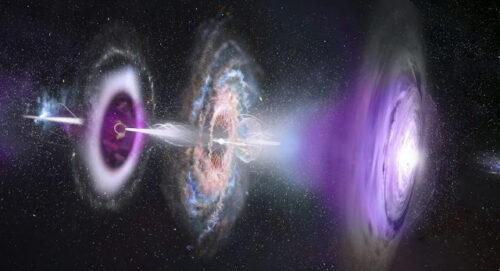
Through mergers and accretion of surrounding gas, smaller black holes have the potential to grow into larger ones over time.
This finding provides a crucial link between stellar-mass black holes and the colossal supermassive black holes that shape the evolution of galaxies.
Published in The Astrophysical Journal, this study marks a significant milestone in unraveling the origins and evolution of black holes in the universe.
The researchers aim to delve further into the formation process of supermassive black holes and investigate their influence on their host galaxies in future studies.
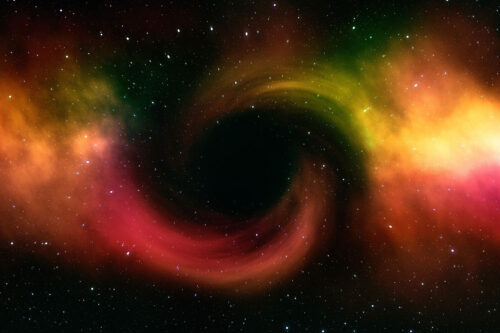
Understanding the intricate relationship between black holes and galaxies will deepen our comprehension of the cosmos and shed light on the fundamental forces shaping the universe.
With the estimation of 40 billion stellar-mass black holes in the observable universe, this groundbreaking study provides valuable insights into these enigmatic cosmic entities.
As scientists continue to explore the mysteries of black hole formation and their role in shaping galaxies, we inch closer to unraveling the secrets of our vast and awe-inspiring universe.
